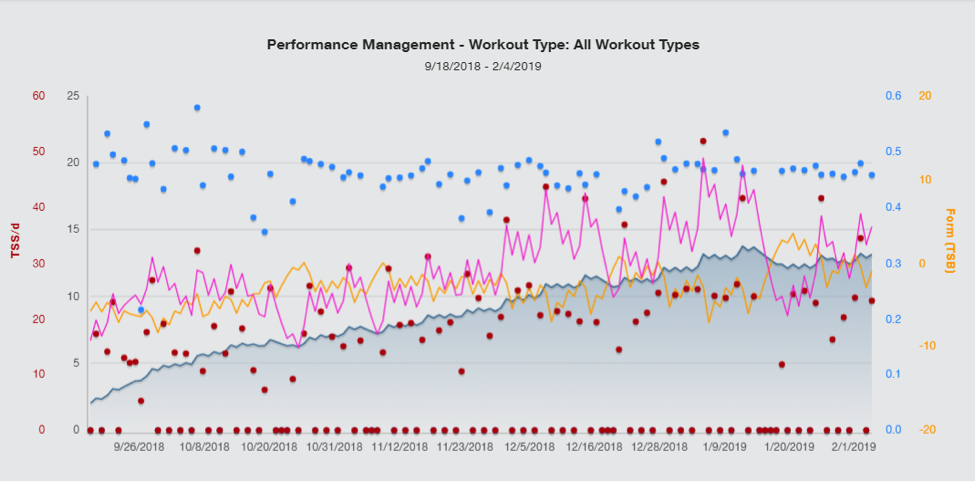Heart rate zone training can be challenging when trying to limit your running to a specific zone.
‘Just running’ can get you across the finish line for your first event. Incorporating zones into your training guides certain workouts to be intentionally slow for endurance adaptations (Zone 2) while other workouts are meant to be very hard to push your maximum capacity (Zones 4 & 5). Endurance athletes are typically good at going hard on the hard days but have a hard time going slow on the easy days.
We’ve been there. Training your body to run slow is a challenge. While not physically demanding, the mental battle of humbling yourself to go slow, even walk, leads many athletes down a path of frustration so they abandon Zone 2 before the endurance adaptations can be realized. Between our own trial and error as well as working with athletes, here are some tips to help you stay in Zone 2:
Set a good easy zone. This means a low heart rate range, significantly slower pace, and light to very light effort.
Start slow. A 5-10 minute Zone 1 warm up can help ‘turn your aerobic system on’ and allow you to more efficiently run/walk in Zone 2.
Accept going substantially slower than normal.
Accept you are not a machine. If you are running according to heart rate, your pace will vary workout to workout and even within a workout.
Ensure your watch and/or chest strap are positioned correctly and have enough battery power
Give this method 8-12 sessions of running. Your body will adapt to develop a more efficient aerobic metabolism and when you do, getting to and staying in Zone 2 will be easier and faster.
The beauty of Zone 2 is you can get faster by training slower! When most of your workouts are Zone 2, you’ll be more prepared to go hard on your hard days and you’ll reap more of the benefits of training because you are giving your body the opportunity to recover.
One athlete’s fitness improvements between September and February (Figure A. blue shaded area) with majority Zone 2 training (Figure B)
A)
B)
Michelle Slawinski is an American College of Sports Medicine Certified Exercise Physiologist and co-owner of Summit Multisport, LLC. She works as a clinical exercise physiologist performing research VO2 testing. With Summit Multisport, she provides cycling and running lactate threshold tests as well as body composition evaluations. She is an avid endurance athlete competing in marathons, triathlons, and the daily endurance event of keeping up with a toddler!
Rating Click on star to vote
62623 Total Views | 415 Views last 30 days | 98 Views last 7 days
How to Run in Zone 2
Heart rate zone training can be challenging when trying to limit your running to a specific zone.
We’ve been there. Training your body to run slow is a challenge. While not physically demanding, the mental battle of humbling yourself to go slow, even walk, leads many athletes down a path of frustration so they abandon Zone 2 before the endurance adaptations can be realized. Between our own trial and error as well as working with athletes, here are some tips to help you stay in Zone 2:
The beauty of Zone 2 is you can get faster by training slower! When most of your workouts are Zone 2, you’ll be more prepared to go hard on your hard days and you’ll reap more of the benefits of training because you are giving your body the opportunity to recover.
One athlete’s fitness improvements between September and February (Figure A. blue shaded area) with majority Zone 2 training (Figure B)
A)
B)
Michelle Slawinski is an American College of Sports Medicine Certified Exercise Physiologist and co-owner of Summit Multisport, LLC. She works as a clinical exercise physiologist performing research VO2 testing. With Summit Multisport, she provides cycling and running lactate threshold tests as well as body composition evaluations. She is an avid endurance athlete competing in marathons, triathlons, and the daily endurance event of keeping up with a toddler!
Click on star to vote